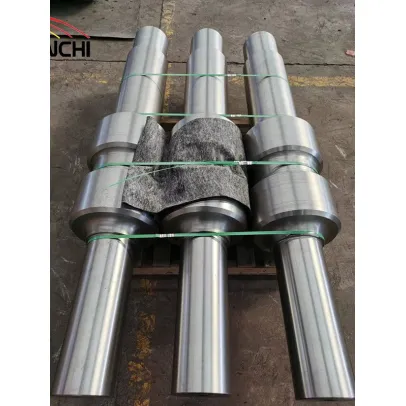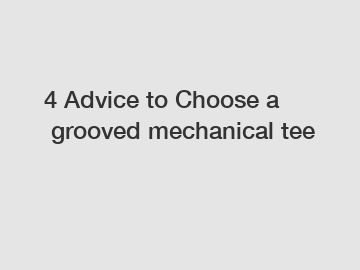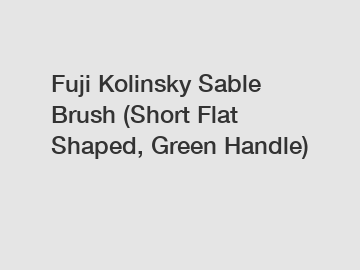Understanding How a Drive Shaft Works
The drive shaft is a critical component of many vehicles, transferring power from the engine to the wheels to propel the vehicle forward. While it may seem like a simple metal rod, the drive shaft plays a complex role in the operation of a vehicle's drivetrain.
1. What is a Drive Shaft?
A drive shaft, also known as a propeller shaft, is a cylindrical metal shaft that connects the transmission of a vehicle to the differential, transferring torque from the engine to the wheels. It typically consists of a hollow metal tube with universal joints (U-joints) at each end to allow for movement and flexibility.
2. Components of a Drive Shaft:
Tube: The main body of the drive shaft is a hollow metal tube, usually made of steel or aluminum. The tube provides structural support and houses the internal components.
Universal Joints (U-Joints): U-joints are flexible couplings that connect the drive shaft to the transmission and differential while allowing for movement in multiple directions. They consist of two yokes connected by a cross-shaped bearing assembly, enabling the drive shaft to accommodate changes in angle and alignment.
Slip Yoke: The slip yoke is a splined shaft that connects the drive shaft to the output shaft of the transmission. It allows for the expansion and contraction of the drive shaft as the vehicle's suspension moves up and down.
Flange or Yoke: The flange or yoke is the end piece of the drive shaft that attaches to the transmission and differential. It is typically bolted or welded to the corresponding flanges on these components.
Additional resources:
How Does a Pneumatic Actuator Work?
Why Wire Ropes are the Ultimate Lifesaver?
5 Essential Tips for Choosing the Best Steel Wire Rope
7 Ways to Find Cheap Star Pickets
Ultimate Guide to Galvanised Gate Posts: FAQs Answered!
How do I properly space rural fence posts for a stable structure?
Sipping Steel: Vineyard vs. Winery - A Comparison
3. How Does a Drive Shaft Work?
When the engine generates power, it sends torque to the transmission, which then transfers the power to the drive shaft. The drive shaft rotates at the same speed as the engine, transmitting torque through the U-joints to the differential. The differential then distributes power to the wheels, allowing the vehicle to move forward.
As the vehicle accelerates or decelerates, the drive shaft flexes and rotates to accommodate changes in angle and alignment between the transmission and differential. The U-joints and slip yoke allow for this movement while maintaining a constant transfer of power.
4. Types of Drive Shafts:
One-Piece Drive Shaft: Commonly found in rear-wheel-drive vehicles, a one-piece drive shaft consists of a single, continuous tube with U-joints at each end.
Two-Piece Drive Shaft: Used in vehicles with longer wheelbases or four-wheel-drive systems, a two-piece drive shaft consists of two separate shafts connected by a center support bearing. This design helps reduce vibration and harmonics.
5. Maintenance and Care:
Proper maintenance of the drive shaft is essential to ensure smooth and efficient operation. Regular inspections for signs of wear, such as excessive play in the U-joints or worn splines on the slip yoke, can help prevent drivetrain issues. Additionally, keeping the drive shaft properly lubricated and balanced is crucial for prolonging its lifespan and minimizing vibrations.
Additional resources:How do you install a sturdy fence post 0.9m in your backyard?
4 Advice to Choose a Fence Post in Palestine
Steel vs Wood: Choosing the Best Fence Post 8m
How to effectively install a fencing star picket?
The Ultimate Guide to Selecting the Right Fence Posts for ...
How to Maintain a Wrought-Iron Fence
Toad-Da, Toad-ay's Post










Comments
0